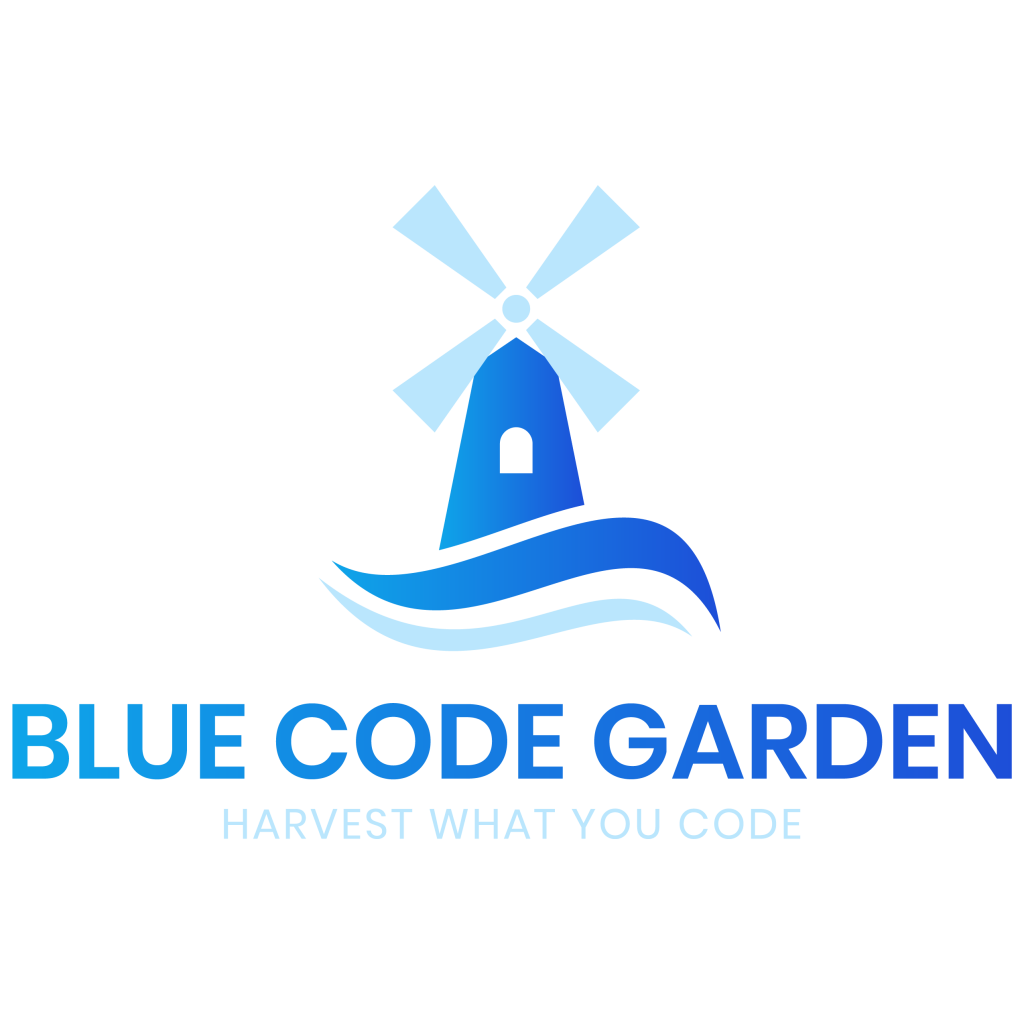Agile Meaning - What is Agile and What Can You Do with It?
What is the meaning of agile? When translated literally, you get answers like ‘nimble’ or ‘adaptable.’ And that’s essentially what it boils down to. Agile is a project management method that originates from software development but is now popular across various industries. The foundation is applicable to nearly every organization. It’s mainly about delivering quickly, continuous learning, and ongoing improvement. We’d like to tell you more about the meaning of agile and what exactly you can achieve with it!
Agile vs Scrum
When you hear about agile, you often think of Scrum. However, agile and Scrum aren’t the same. The meaning of agile is more of a philosophy than a practical method. Scrum is just one framework within the overarching agile mindset. There’s also Kanban and Extreme Programming (XP). More on this shortly!
The meaning of agile
The world is changing faster than ever before, so the necessity for organizations to keep up with these changes is also growing. This is where the agile mindset has emerged. Agile is a way of thinking, working, and organizing that revolves around the core idea that as a company, you need to be adaptable and flexible. This allows you to respond quickly to changes. Central to this approach are customer satisfaction, employee well-being, and healthy outcomes for the company.
The origins of agile
The history of Agile begins in the 1990s when the traditional waterfall method was the dominant approach to software development. This method followed a sequential and linear process, where each phase needed to be completed before the next one could start. While this process seemed structured, it posed challenges such as inflexibility, slow response to changes, and difficulties in estimating project duration and costs.
In response to these issues, various software developers began exploring new approaches that enabled more flexibility and collaboration. This led to the rise of methods like Scrum, Extreme Programming (XP), Crystal, Adaptive Software Development (ASD), and Dynamic Systems Development Method (DSDM), which would later be recognized as Agile methods.
The first concrete step towards Agile took place in February 2001, when seventeen prominent software developers gathered in Snowbird, Utah. This meeting resulted in the formulation of the Agile Manifesto, a document that captures the core values and principles of Agile software development.
The Agile Manifesto consists of four core values:
- Individuals and interactions over processes and tools
- Working software over comprehensive documentation
- Customer collaboration over contract negotiation
- Responding to change over following a plan
The manifesto highlighted the importance of flexibility, collaboration, and the ability to respond rapidly to changes in software development projects. It laid the foundation for the principles of Agile software development.
The Agile Principles
These four values were translated into 12 principles:
- Our highest priority is to satisfy the customer through early and continuous delivery of valuable software.
- Welcome changing requirements, even late in development. Agile processes harness change for the customer’s competitive advantage.
- Deliver working software frequently, with a preference for shorter timescales.
- Business people and developers must work together daily throughout the project.
- Build projects around motivated individuals. Give them the environment and support they need, and trust them to get the job done.
- The most efficient and effective method of conveying information to and within a development team is face-to-face conversation.
- Working software is the primary measure of progress.
- Agile processes promote sustainable development. The sponsors, developers, and users should be able to maintain a constant pace indefinitely.
- Continuous attention to technical excellence and good design enhances agility.
- Simplicity the art of maximizing the amount of work not done is essential.
- The best architectures, requirements, and designs emerge from self-organizing teams.
- At regular intervals, the team reflects on how to become more effective, then tunes and adjusts its behavior accordingly.
The benefits of Agile working
Shorter Lead Time
Is a project running behind schedule? An agile project involves considerably less administrative effort than a traditional one. You only need to adjust the upcoming sprints, rather than the entire project plan. This shortens the overall project timeline.
Customer Collaboration
Agile projects involve customers in the entire process. Feedback and input are welcome during each sprint, ensuring all stakeholders are continuously informed, leaving less room for misinterpretation. An agile project effectively aims for an end result that fully aligns with the customer’s desires.
Higher Quality
Increased room for feedback also results in a higher-quality end product. Each subproduct is regularly tested, allowing for the quick detection of errors and bugs.
Reduced Risks and Lower Costs
In an agile project, you adjust the project as needed. With the ability to deliver higher quality, the risk of unforeseen costs or extended timelines is significantly reduced.
Enhanced Job Satisfaction
Agile is generally seen as a favorable method to work with, especially by developers. The sprint-based approach fosters strong collaboration among developers. There is less unnecessary discussion and fewer questions. Plus, tangible results become apparent quickly, motivating the entire team.
Scrum, Kanban and other Agile methods
Scrum, Lean, and Kanban are three distinct Agile methods, each with its own approach to managing and executing projects. Here’s an explanation of the differences between these methods:
Scrum
Scrum is an iterative Agile method focused on managing complex projects. It utilizes sprints, short development cycles lasting 1 to 4 weeks. Everyone has a specific role in a self-organizing team, such as the Product Owner, Scrum Master, and development team. Additionally, there are various designated events like sprint planning, daily scrum, and sprint review, aimed at promoting progress and collaboration. Scrum emphasizes delivering functional software at the end of each sprint and frequently adjusting the product backlog based on feedback.
Lean
Lean Software Development is based on Lean Manufacturing principles and aims to minimize waste and maximize customer value. Lean emphasizes eliminating activities that don’t add value to the end product and creating a flow of value creation. Techniques like Value Stream Mapping optimize workflows. In Lean, the involvement of all stakeholders is crucial, as is building quality from the start and learning from experiences to improve processes.
Kanban
Kanban focuses on visualizing and managing a project’s workflow. The core principle of Kanban is using a visual board, usually a physical or digital board with columns, to represent the various stages of work. Each column represents a phase in the process, such as ‘to do,’ ‘in progress,’ and ‘completed.’ Tasks or items are displayed as cards or post-its and are moved from column to column as they progress through the process.
Choose the best methodology
Although these methods differ in execution, they can also be used together. For instance, Kanban can be used as a visual tool within Scrum to manage workflow, and Lean principles can be applied to both Scrum and Kanban to reduce waste and optimize value creation. The choice of the right method depends on the nature of the project, the team’s needs, and the context in which it’s being carried out.



